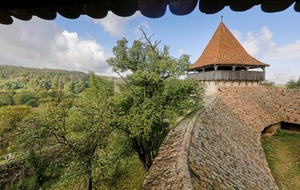Our Ancestors Knew

In the Celtic tradition forests were sacred places, particularly our sacred trees – oak, yew and ash. It is estimated that around 13,000 (20%) of placenames throughout the island of Ireland are associated with trees. Darach is the Irish word for oak and has numerous derivations, including ‘Doire’ (oak grove) which gives us the name of the modern city of Derry and Chill Dara (church of the oak) which is anglicised to become Co Kildare, close to Dublin. The word darach has evolved from the Indo-European word ‘deru’ (in Welsh it has become derwen and Sanskrit sindura). In Celtic traditions an oak grove was where the druids carried out their ceremonies. While farming practices are mostly to blame for deforestation it has also been suggested that the introduction of Christianity into Ireland may have led to sacred groves and other natural places of worship being destroyed. Our ancestors knew the healing properties of the natural world and their knowledge of the health benefits of herbs and ...





